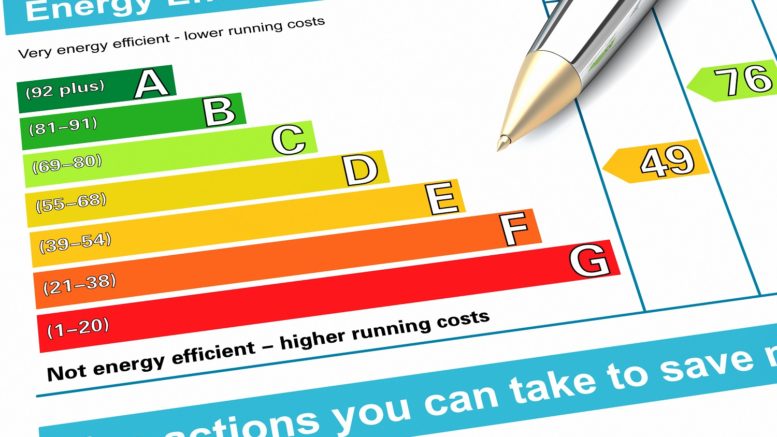By Justin Moss, Partner at MHA MacIntyre Hudson
New minimum Energy Efficiency Standards (MEES) regulations were introduced on 1 April 2018, making it illegal for residential and commercial property landlords to let properties which aren’t suitably energy efficient.
Landlords of residential properties will have to improve the energy efficiency of their properties to ensure that they achieve an Energy Performance Certificate (EPC) rating of at least an E. Letting of properties with an EPC rating of F or G will not be allowed, unless the landlord can show that they have undertaken all ‘relevant’ improvement work.
A 2017 government consultation sought views on a proposal to amend the MEES regulation, suggesting from 1 April 2019, Landlord Knowledges should contribute up to £2,500 towards improving the energy efficiency of properties below the required E rating. This change of tack by the government has been driven by the definition of ‘relevant’ work. Under current MEES regulations, work is only ‘relevant’ if it is completed at no cost to the landlord but instead covered by funding from either the Green Deal finance plan, the Energy Company Obligation (‘ECO’) or a local authority grant.
Problems have arisen because of a lack of funding available from the re-launched Green Deal, with few providers coming on board and limited amounts available in the form of ECO funding. As a result, the necessary upgrading to many F and G rated properties might be deemed not ‘relevant’ and subsequently not be carried out. The MEES regulations will have failed to achieve their purpose.
The current proposed amendment will remove the ‘no cost to landlord’ principle and mean that, for exemptions to be claimed against work being ‘not relevant’, a landlord must first have spent a minimum of £2,500 attempting to bring an F or G rated property up to the required E rating. Consideration was given to minimum spend limits of up to £5,000 per property but the consultation paper ultimately concluded that a £2,500 limit struck the right balance between cost to landlords and overall benefits.
It’s likely that the necessary works will be seen as capital improvements to the property and will therefore not be entitled to tax relief against rental income. Landlords should retain records of the work however, as they may be able to set them against capital gains tax arising from a future sale of the property.”
The consultation paper estimates that the total cost of improvements under the proposed plan will amount to £503 million with most of this borne by landlords as improvements become necessary over the coming years. The average cost to landlords is expected to be £865 per property where it’s possible to improve the EPC rating to E or above, and £1,025 where all improvements are made before an application for exemption is made.
“It’s expected that the changes will result in 30% of properties with an F or a G EPC rating being improved to E or above by 2020, delivering annual energy bill savings of £95 per annum per property. This would drive 55% of F and G properties, classified as ‘fuel poor’, to experience some improvement by 2020, contributing to the government’s stated goal to ensure as many fuel poor homes as reasonably practicable reach B to E by 2020.
The proposed changes to the regulations are scheduled to come into force in April 2019, at which point all exemptions granted under the previous ‘no cost to landlord’ measure will become invalid. Failure to comply with the regulations as they currently stand can result in financial penalties at the discretion of the local authority up to a maximum limit of £5,000 per property and per breach of the regulations. Landlords must reassess their properties and review the funding options available to them to ensure their properties are suitable to let by April next year.







